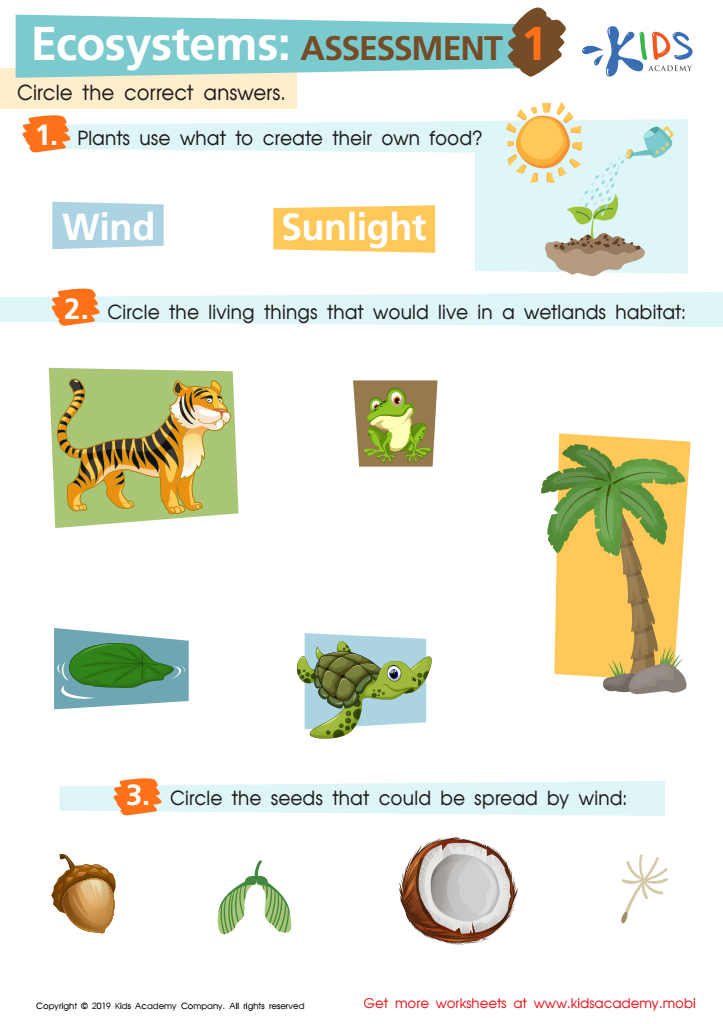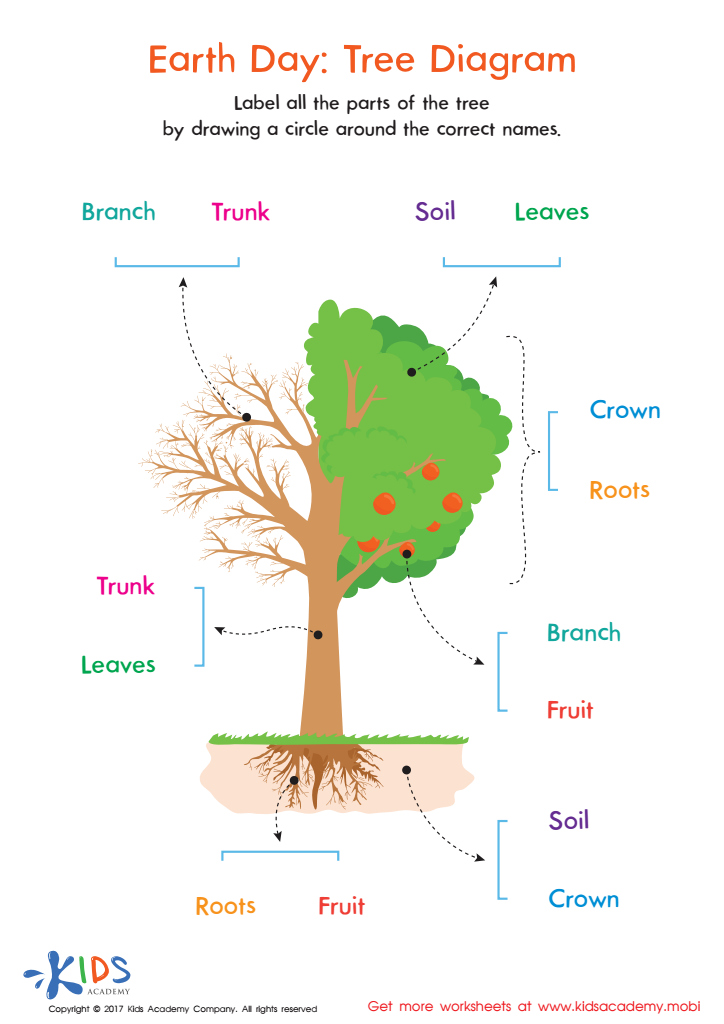Normal Plants Worksheets for Ages 4-7
21 filtered results
-
From - To
Discover our engaging "Normal Plants Worksheets for Ages 4-7," perfect for young learners eager to explore the plant kingdom! These worksheets are designed to introduce basic botanical concepts in a fun and interactive way. Your child will enjoy identifying plants, understanding their parts, and learning about their growth processes through vibrant illustrations and simple activities. Each worksheet fosters creativity and encourages critical thinking, making science enjoyable. Ideal for home or classroom use, these resources help support early education standards while sparking a curiosity about nature. Get started today and watch your child cultivate a love for science!


Saguaro Cactus Life Cycle Worksheet


Young and Adult Plants Worksheet


Rainforest Plants Worksheet


Pond Plant Adaptations


The Cactus Plant Worksheet


Plants and Sunlight: Part 2 Worksheet


Plants and Sunlight: Part 1 Worksheet


Types of Flowering Plants Worksheet


Thorns and Spikes Worksheet


Plant Care Worksheet


Plant Fun Worksheet


Ecosystems: Assessment 1 Worksheet


Seeds on the Move Worksheet


The Path of Pollinators Worksheet


Rainforest Plants Worksheet


Rainforest Animals Worksheet


Identifying Living or Non–living Worksheet


Where Do They Grow Worksheet


What Do Plants Need to Grow Worksheet


Matching Types of Leaves Printable


Earth Day: Tree Diagram Worksheet
Teaching children about normal plants is crucial for their development and understanding of the world around them. For ages 4-7, this is a formative time when children are naturally curious and eager to learn. Engaging children in plant education helps cultivate a sense of wonder, fostering their observation skills and encouraging them to ask questions about biodiversity and ecosystems.
Understanding plants contributes to scientific literacy, as children learn the basics of botany, including plant growth, structure, and the vital role plants play in our environment. Furthermore, this knowledge can promote health and nutrition awareness by introducing kids to various edible plants, encouraging healthy eating habits and a preference for fruits and vegetables.
Beyond academic knowledge, caring for normal plants provides practical life lessons. Children learn responsibility through gardening as they tend to plants, instilling a sense of accomplishment when they see their efforts yield growth. It also offers an opportunity for creativity and hands-on activities, enhancing fine motor skills.
Additionally, this knowledge can foster empathy towards nature, instilling environmental stewardship from an early age. By teaching children about normal plants, we prepare them to become informed, responsible citizens who appreciate their surroundings and contribute positively to the planet.
 Assign to My Students
Assign to My Students

















